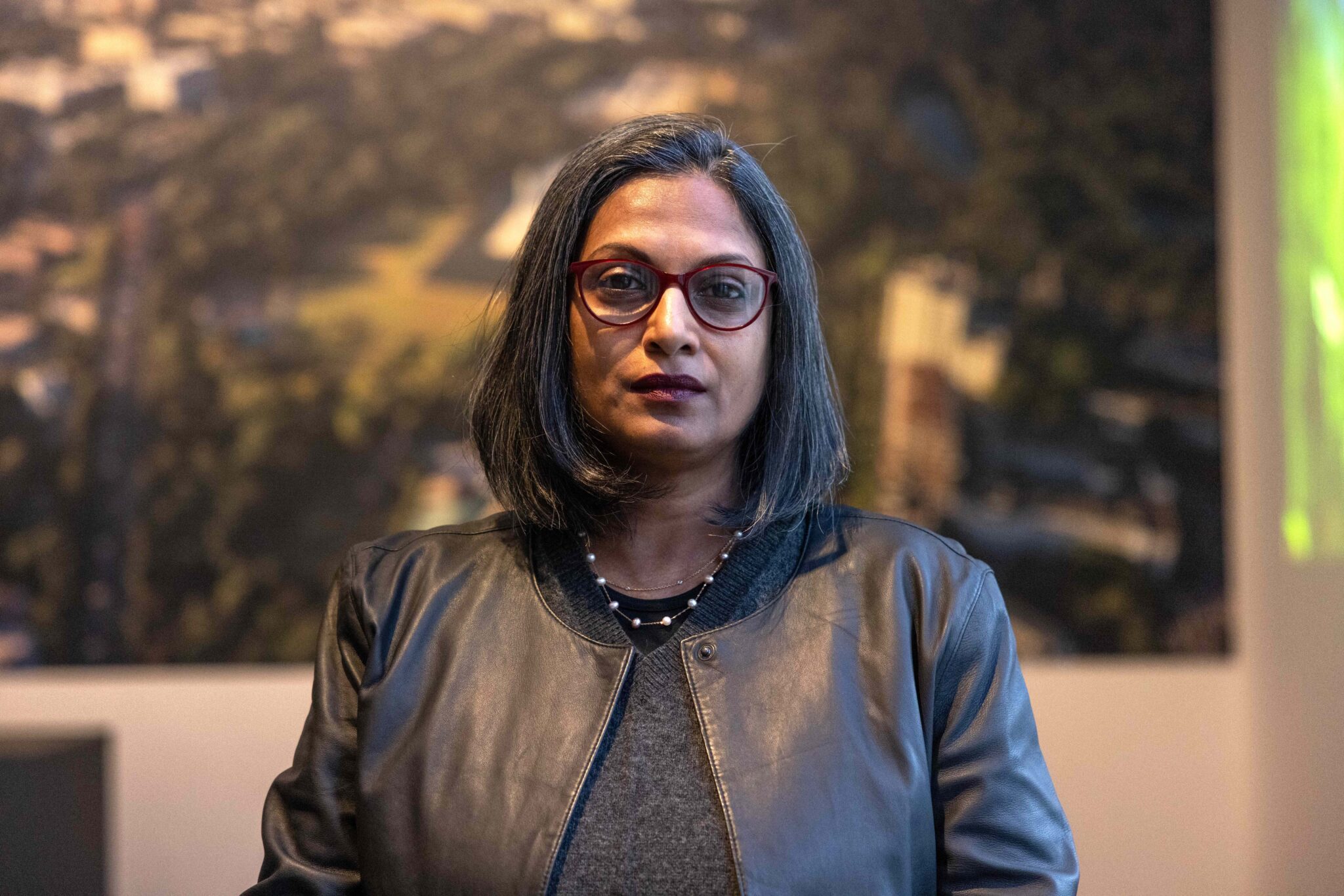
I moved to Durban as a child of three and stayed there until I left South Africa for England in my early twenties. Looking back, it was the most extraordinary place to grow up, with its exotic mix of architecture and cultures: Hindu temples, mosques, crumbling colonial veranda buildings, the ubiquitous slew of neoclassical civic architecture and environmentally inappropriate glass skyscrapers, the rickety stalls of the street markets and – perhaps best of all – some wonderfully brash beachfront buildings (alas long demolished). I have particularly fond memories of two 1950s cafes known as the Nest and the Cuban Hat in homage to their bizarre shapes.
Durban’s great gift is its splendid setting and superb sub-tropical climate. The coastline is spectacular and the Indian Ocean is always warm. Everywhere the vegetation is luxuriant, with milkwood, coral trees (until recently called kaffirboom), wild banana fronds and kentia palms. The hinterland is equally dramatic, particularly the vast nature reserve of the Drakensberg mountains to the north, only a couple of hours drive from the city centre.
The view over the harbour from the Berea escarpment at night is unbeatable. From up there you can’t see the ravages of 1970s and 80s town planning. I still grieve over Revel Fox’s disastrous masterplan of the late 1980s, which created an anonymous Ipanema-esque stretch of beachfront by removing the road, destroying the natural dunes and creating a windswept wasteland between the town and the ocean. On a recent visit I was pleased to hear from friends that this is now being reversed.
Even though the basic layout of the city plan doesn’t encourage interaction (the streets are too wide and the motor car rather than the pedestrian holds sway) street life in certain quarters is dynamic, cross-cultural and colourful – the Madressa Arcade on Grey Street in the Indian Quarter is a classic example of the kind of cultural and architectural melting pot that Durban is, as are the chaotic market stalls around the main bus terminus where you can buy just about anything, the air thick with the smells of spices and curry.
As a young architecture student my heroes were local architects such as Barrie Biermann, Hans Hallen and Paul Mikula, and there are still some fine examples of their work to be seen in the city. Biermann’s own house is one of the most beautiful, inspirational and idiosyncratic places I’ve ever been to. There’s another generation of architects working in Durban now, creating buildings of exceptionally high standards for the new society that has grown up in the post-apartheid era. Notable examples are Janina Masojada and Andrew Makin of OMM Design Workshop and Dean Jay and Paul Nel of Jay & Nel Architects.<br
Other locations that became the backdrop to a misspent youth have also gone – the raffish Smuggler’s Inn on the Point was wonderfully down at heel, the interior walls studded with polished beach stones that in the gloom looked like skulls. I also remember loud evenings at the Rainbow jazz club, a low dive out at Pinetown where the music and the alcohol were by turns brilliant and raw. Other buildings have survived – notably Rider Haggard’s old house where I rented a room while a student. Lying in the bath you could look out beyond the veranda over the treetops and down to the harbour. That sense of connection with one’s physical surroundings has never left me and continues to inform and influence my work as an architect – in particular the labour of love that was Walters & Cohen’s first building as a practice, the KZNSA Gallery, itself in Durban.
I go back to the city almost every year. Sitting on the roof terrace of a beautiful house, designed by a good friend, with a chilled glass of wine, and watching the ships in the harbour, you can hear the muezzin calling the faithful to prayer, mournful foghorns from the ships at sea, the night-racing commentary from Greyville racecourse and the wild shrieking of the mynah birds in the trees below.
Cindy Walters is co-director of Walters & Cohen, whose current projects include the gallery of botanical art at Kew Gardens.
AT182/October p104.














